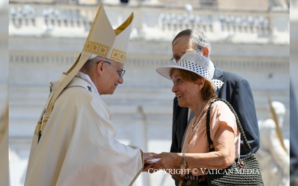The axiom “he who enters the conclave a pope, leaves a cardinal” is as wrong as it is ubiquitous. Commentators on TV who know nothing about the church repeat it ad nauseam. A quick review of the last century of conclaves illustrates why it is wrong — and much else!
In the conclaves of 1939, 1963 and 2005, the person who “entered the conclave a pope” did, in fact, emerge as pope. In 1939, as the storm clouds of war prepared to unleash their fury, the cardinals turned to the church’s most seasoned diplomat, the Vatican secretary of state, Cardinal Eugenio Pacelli. It was the shortest conclave of the 20th century, with Pacelli winning the papacy on the third ballot. He took the name Pius XII.
In 1963, the first session of the Second Vatican Council had been tumultuous, with a huge majority of the world’s bishops refusing most of the draft texts prepared by the Vatican Curia. When Pope John XXIII died, the question facing the cardinals was whether or not to rollback the direction the council was taking or to proceed. They elected the leading papabile, the archbishop of Milan, Cardinal Giovanni Battista Montini, on the fifth ballot, the second day of voting.
To continue reading this article, click here.
With thanks to National Catholic Reporter and Michael Sean Winters, where this article originally appeared.








